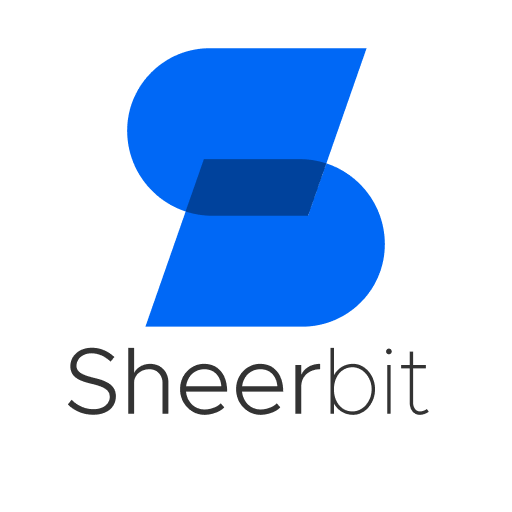VoIP has become a disruptive force in the rapidly evolving field of communication technology. By facilitating easy and affordable voice communication over the Internet. The VoIP development scene is changing as we enter 2023, thanks to cutting-edge technologies that have the potential to change how we communicate entirely.
1. WebRTC: Revolutionizing Browser-Based Communication
In the VoIP development space, Web Real-Time Communication has revolutionized the field, and in 2023, its importance will only increase. With WebRTC, developers can include real-time communication capabilities straight into web browsers, eliminating the need for extra plugins or programs. This open-source project offers programming interfaces (APIs) for creating apps that facilitate file sharing, screen sharing, and audio and video chatting.
WebRTC’s ability to transmit high-quality audio and video with little latency gives users a smooth and immersive communication experience, which is one of its main advantages. WebRTC is a crucial component for developers in 2023 because of its unquestionable effect on VoIP development technologies as web-based apps grow more common.
2. AI-Powered Voice Recognition and Natural Language Processing (NLP)
AI will continue to have a significant impact on VoIP development in the future. By 2023, AI will have become more than just a catchphrase; it will be a force that improves VoIP apps. AI-powered speech recognition technology makes it possible to accurately transcribe spoken words, improving accessibility and allowing capabilities like voicemail-to-text.
VoIP systems may also comprehend and reply to natural language questions thanks to Natural Language Processing, or NLP. As a result, speech interfaces allow for more natural and conversational user interaction. VoIP development will benefit from incorporating AI technologies as they advance, resulting in more intelligent and user-friendly communication experiences.
3. 5G Technology: Ushering in the Era of High-Speed Connectivity
The introduction of 5G networks represents a significant change in the telecom environment and will significantly affect VoIP development. Voice and video conversations will sound much better because 5G technology offers quicker data rates, lower latency, and more network capacity. VoIP apps that use 5G can instantly deliver high-definition voice and video to users, creating a more engaging conversation experience.
The incorporation of 5G technology into VoIP development is a trend that will influence the industry in 2023 as 5G networks become more widely available worldwide. 5G’s capabilities will be used by developers to provide better communication experiences, particularly in situations where high bandwidth and low latency are essential.
4. Blockchain for Security and Privacy
In VoIP development, security is of utmost importance. Blockchain technology is showing promise as a solid answer to security and privacy issues. The decentralized and impenetrable nature of blockchain technology further secures VoIP conversations. Blockchain reduces the danger of unauthorized access and data breaches by encrypting audio and video data and storing it over a dispersed network.
Crypto technology may be utilized for communication channel security and user authentication, ensuring only those with the appropriate authority can access private information 2023, the use of blockchain technology in VoIP development is anticipated to become more widespread due to growing privacy concerns.
5. Edge Computing: Reducing Latency for Real-Time Communication
VoIP development has always sought to reduce latency, and edge computing is starting to show promise to reduce communication delays. By processing data closer to the information source, edge computing minimizes the distance data must travel. This strategy ensures that consumers have as little delay as possible during audio and video conversations, which is especially beneficial for real-time communication.
VoIP programs that use edge computing can improve efficiency, communication responsiveness, and smoothness. The growing need for low-latency communication in VoIP development technologies is anticipated to make edge computing a key differentiator in 2023.
Conclusion
VoIP development is changing quickly and keeping up with the times means having a deep awareness of the new technologies reshaping the sector. As a pillar of browser-based communication in 2023, WebRTC stands out for offering accessible and engaging user experiences. Combined with edge computing, blockchain, 5G, AI, and other technologies, these technologies show a vibrant and inventive future for VoIP.
VoIP developers and companies who want to take advantage of these technologies’ potential must accept WebRTC’s developments and how they work in concert with blockchain, AI, 5G, and edge computing. The combination of these technologies can open up new avenues and transform communication.
One thing is clear as we traverse the changing VoIP development landscape in 2023: the ongoing innovation and integration of these revolutionary technologies are essential to the future of communication.
Are you prepared to transform your communication offerings? Examine the capabilities of WebRTC and the innovative technologies that will influence VoIP growth in 2023. Rethink how you interact, embrace innovation, and stay ahead of the curve.





